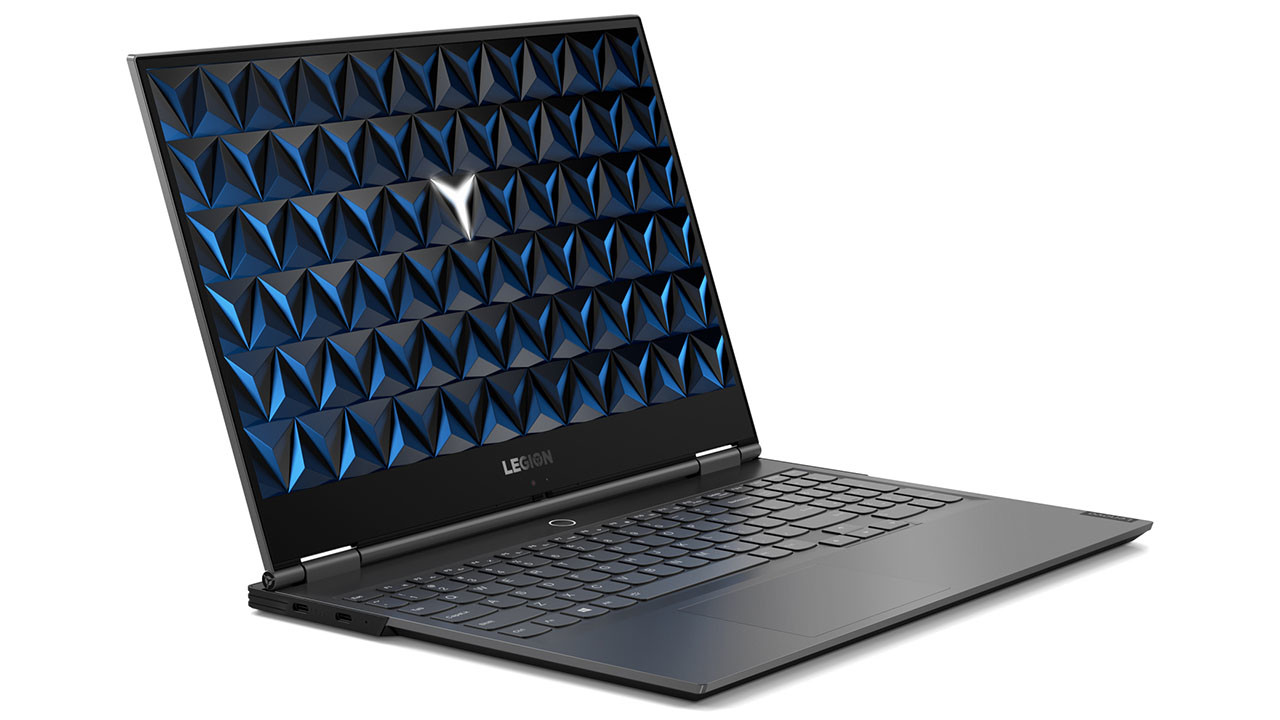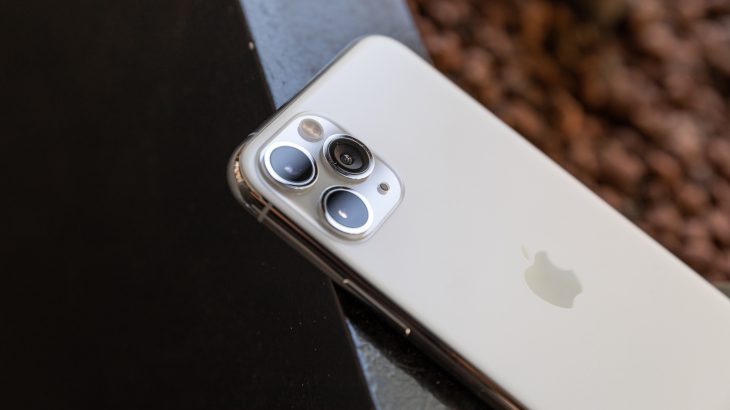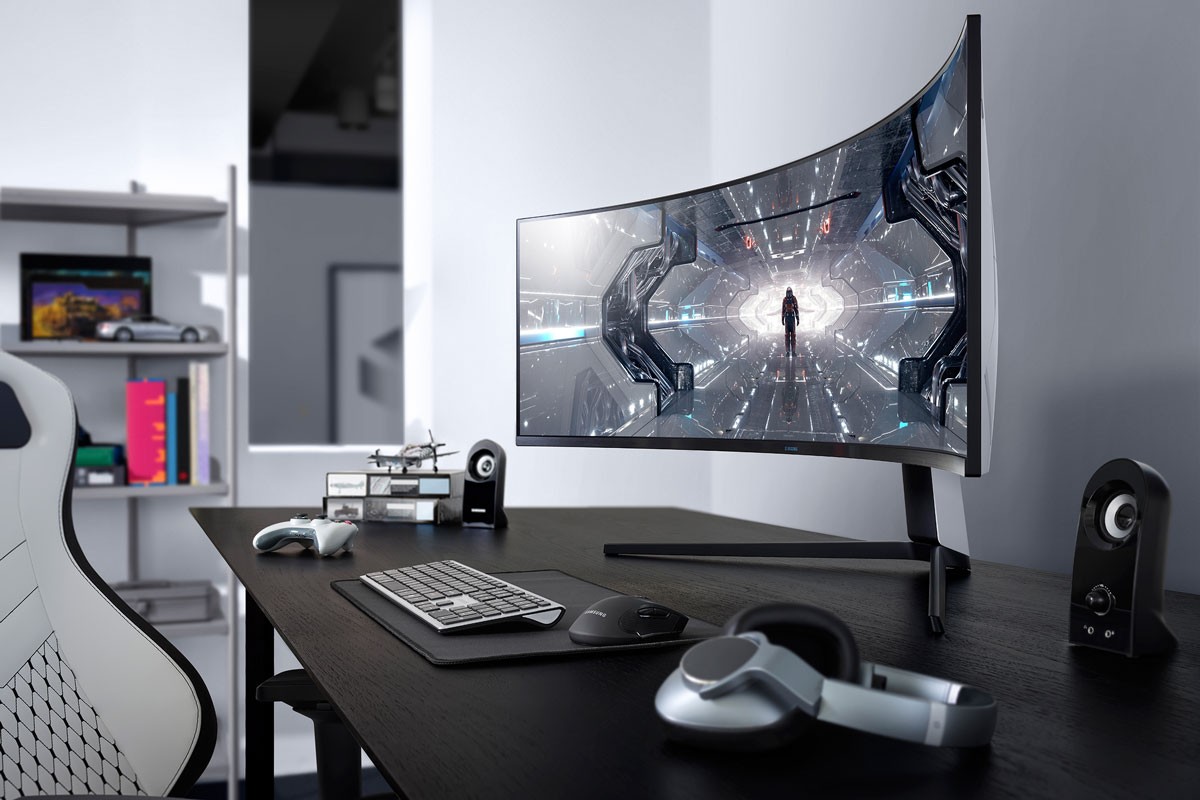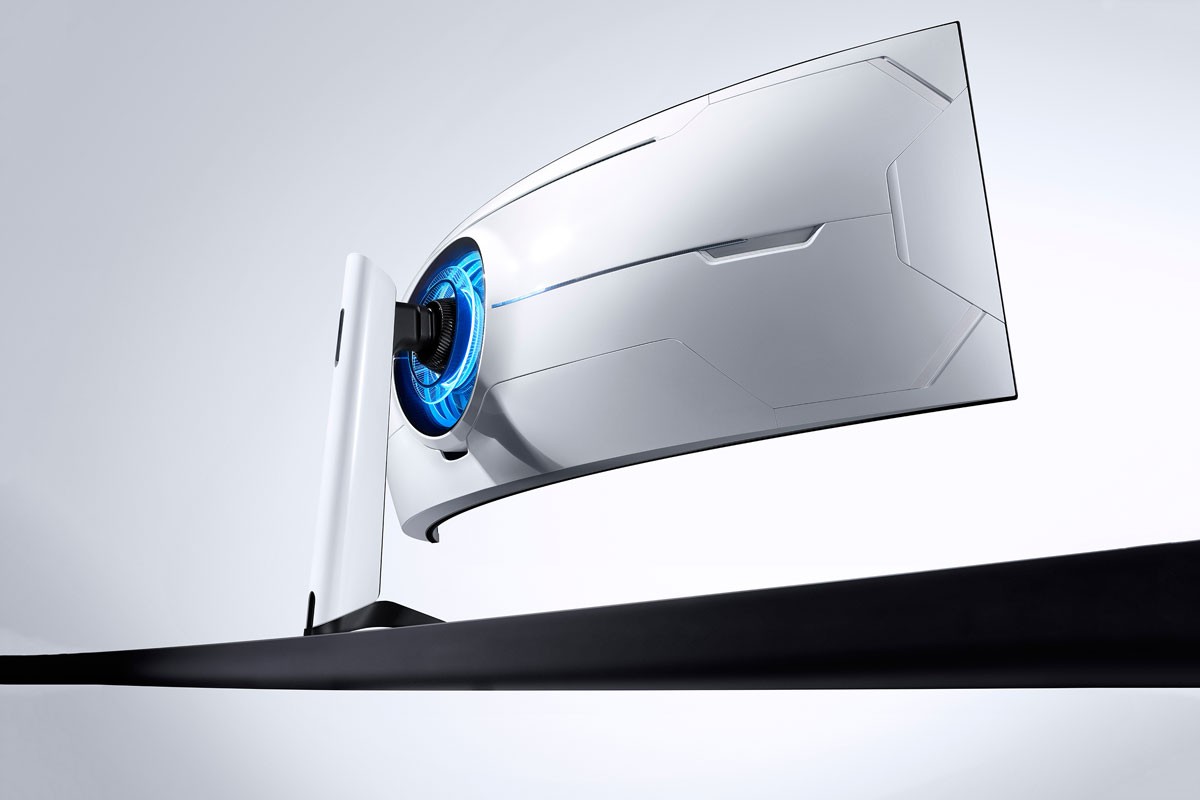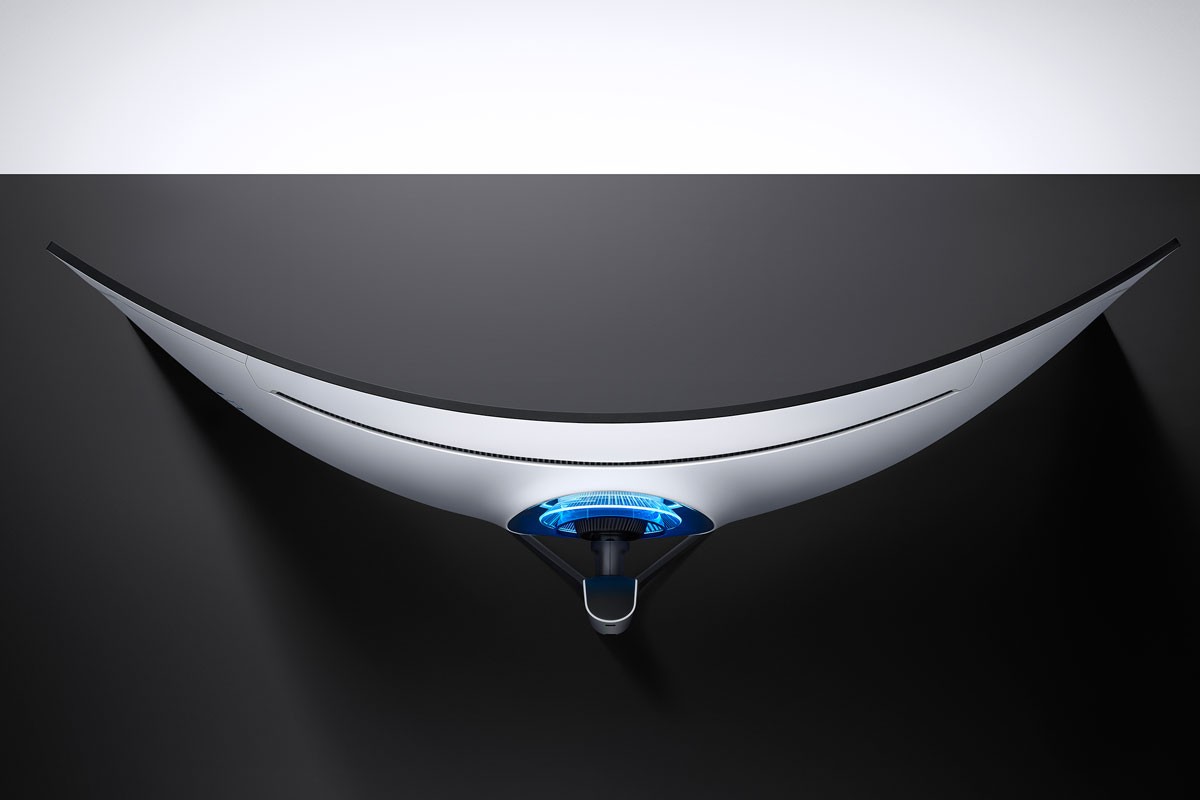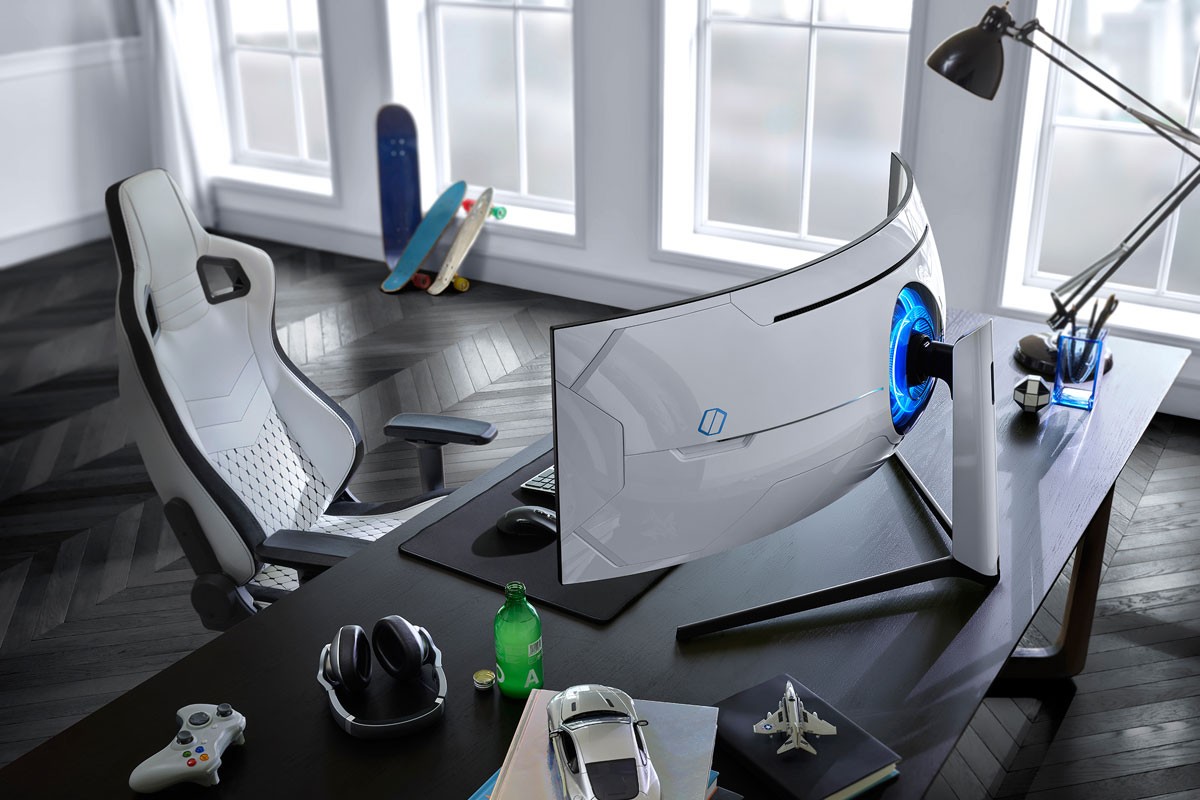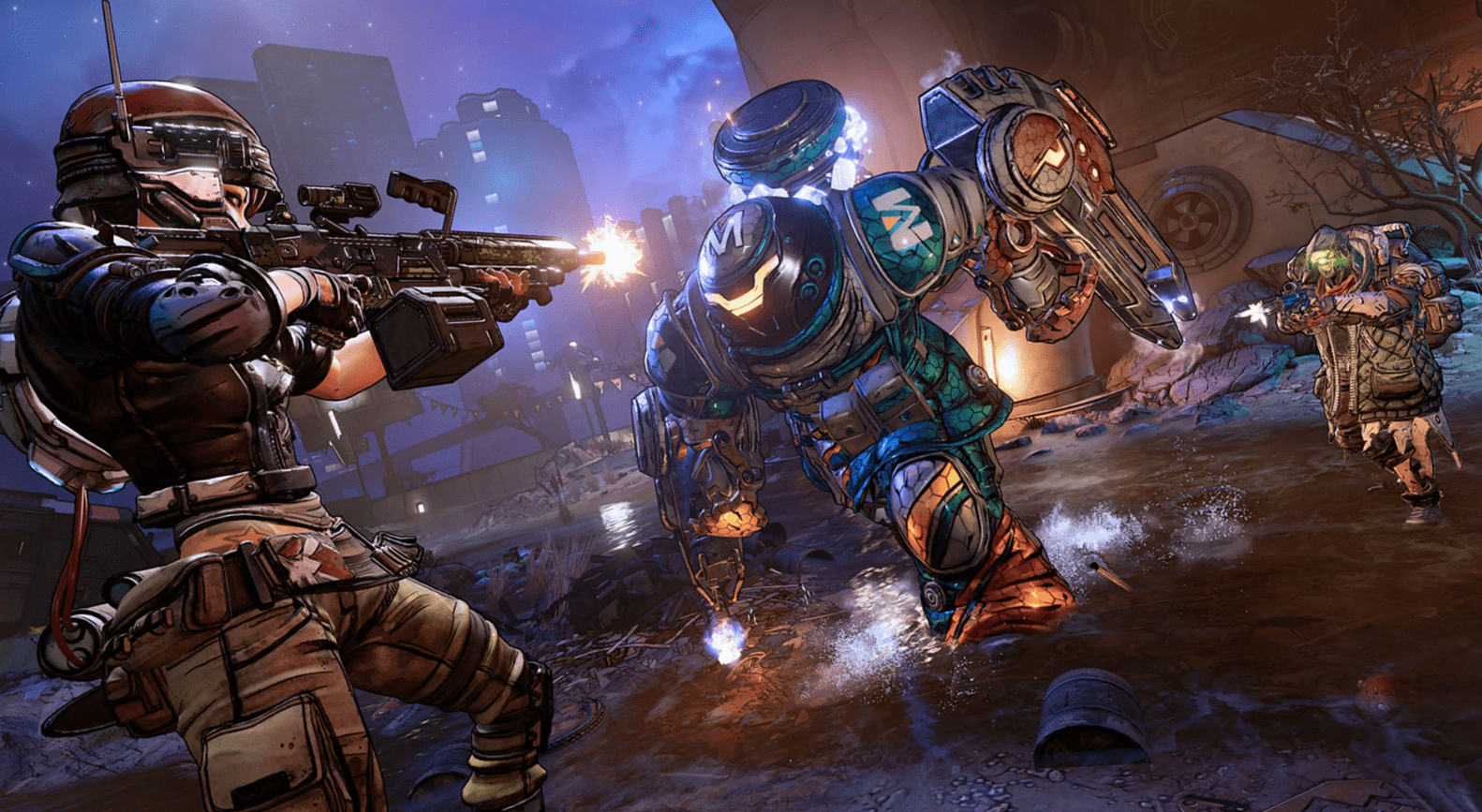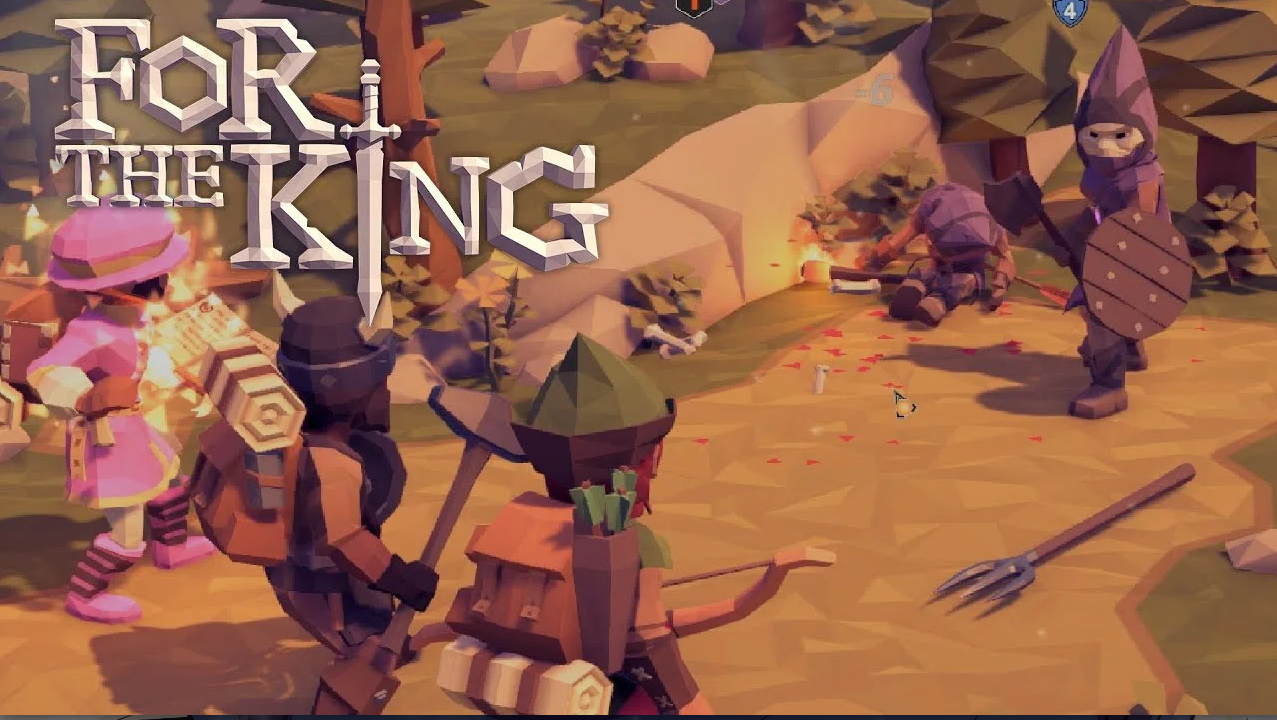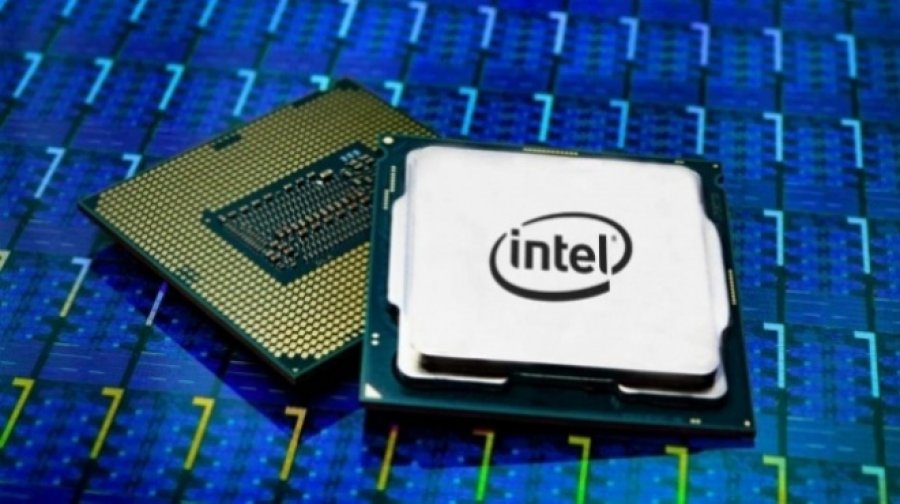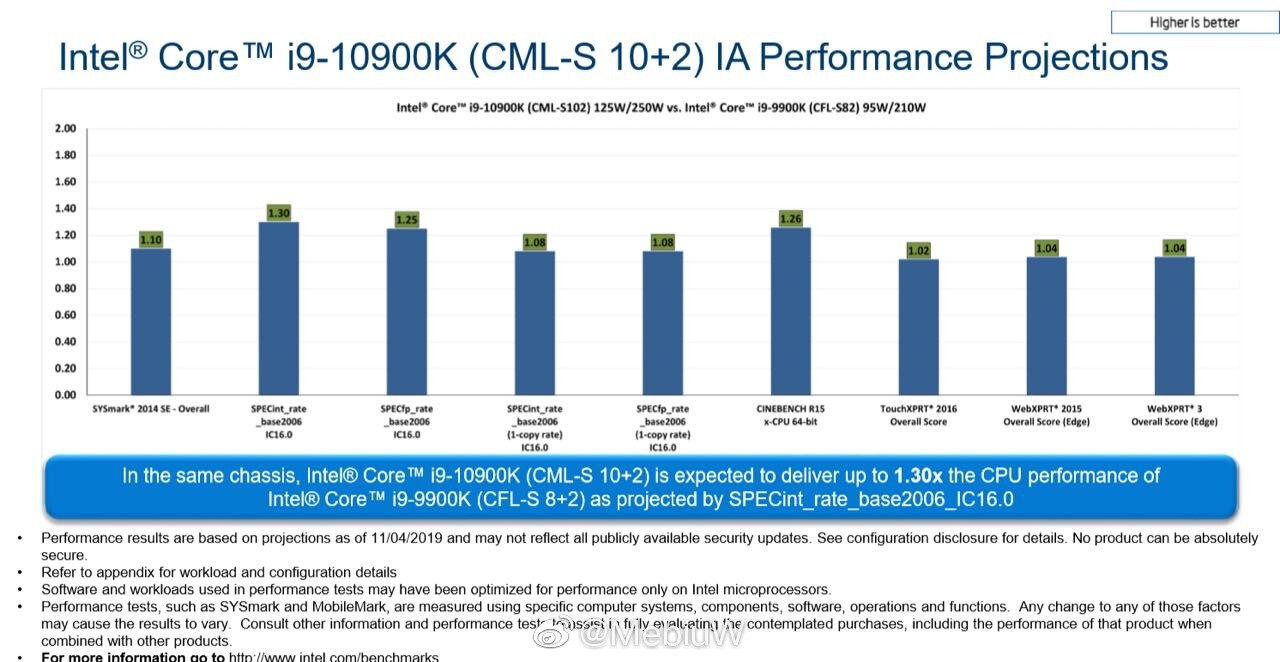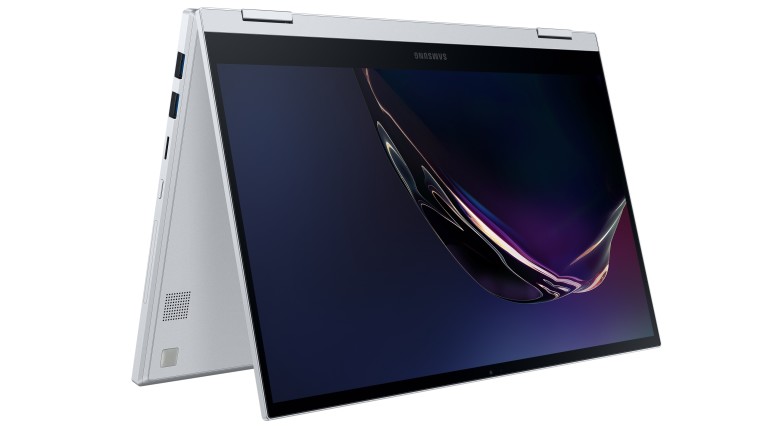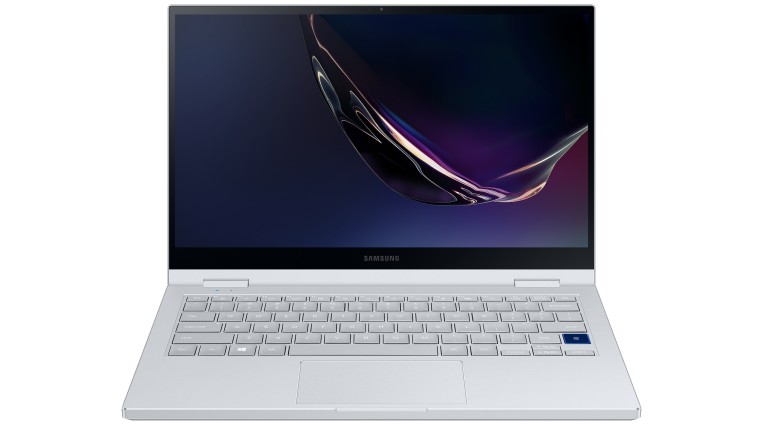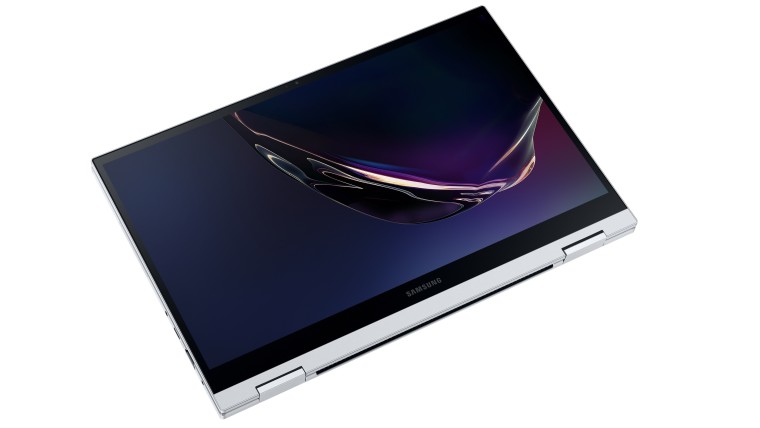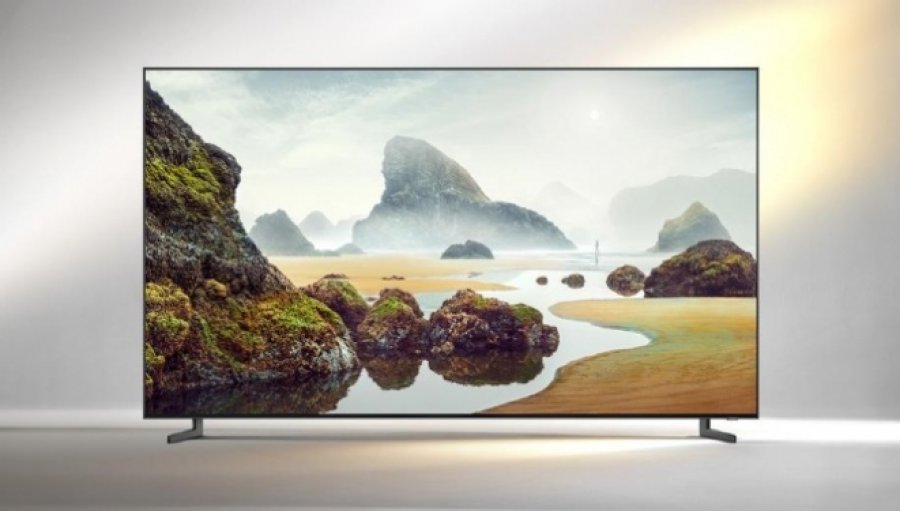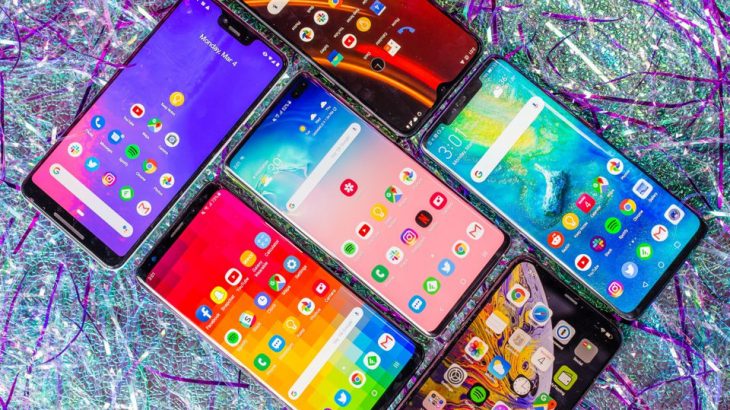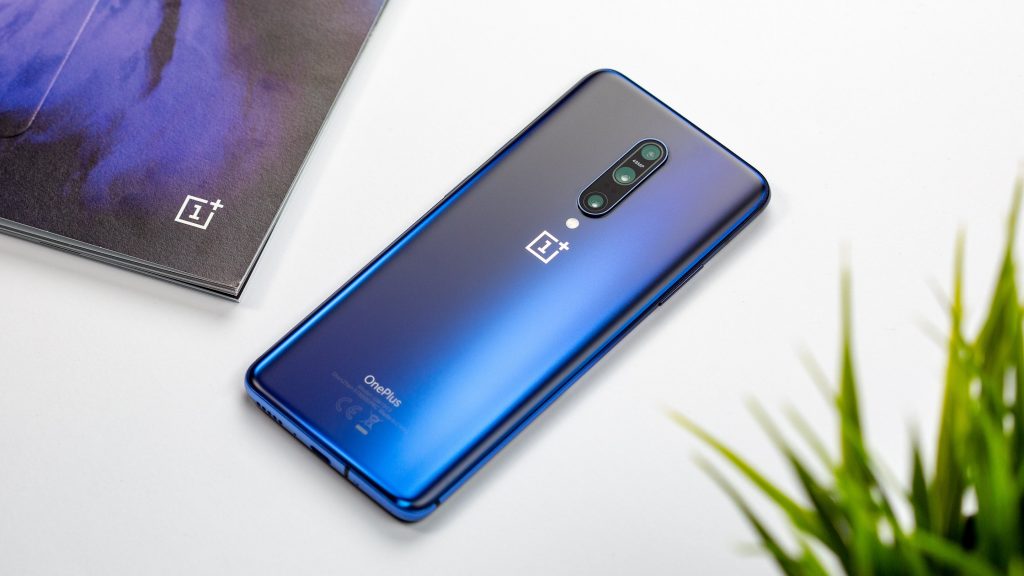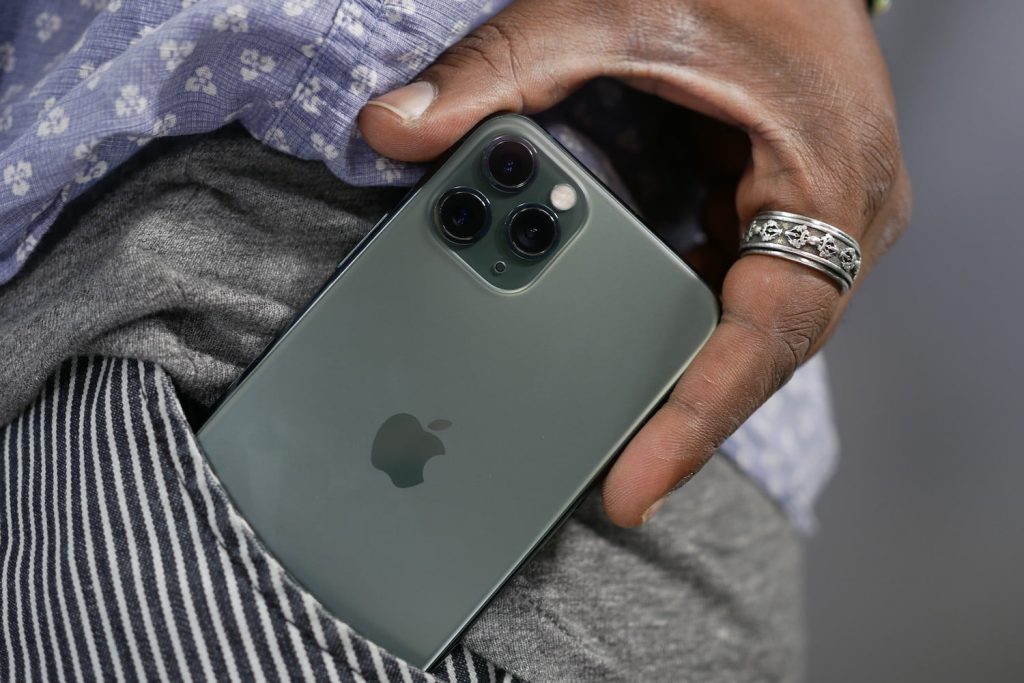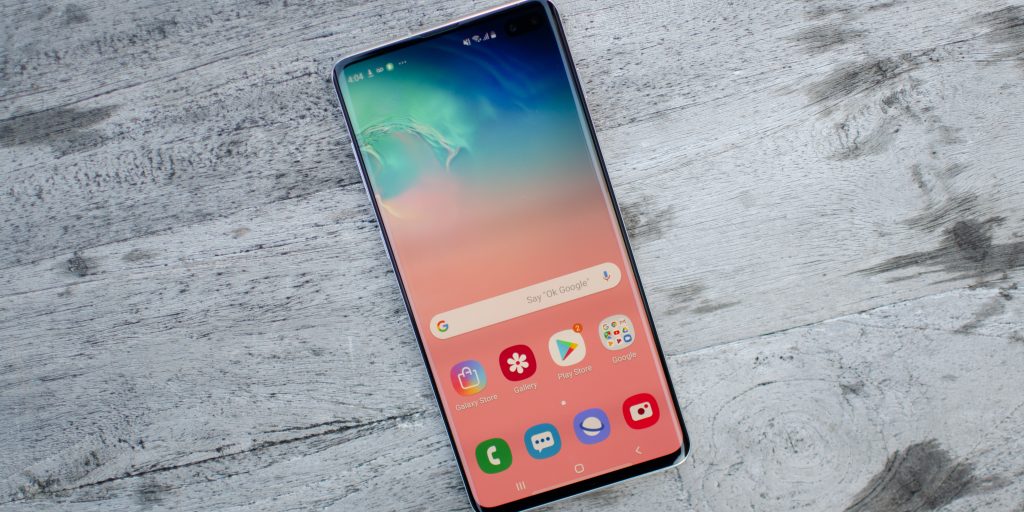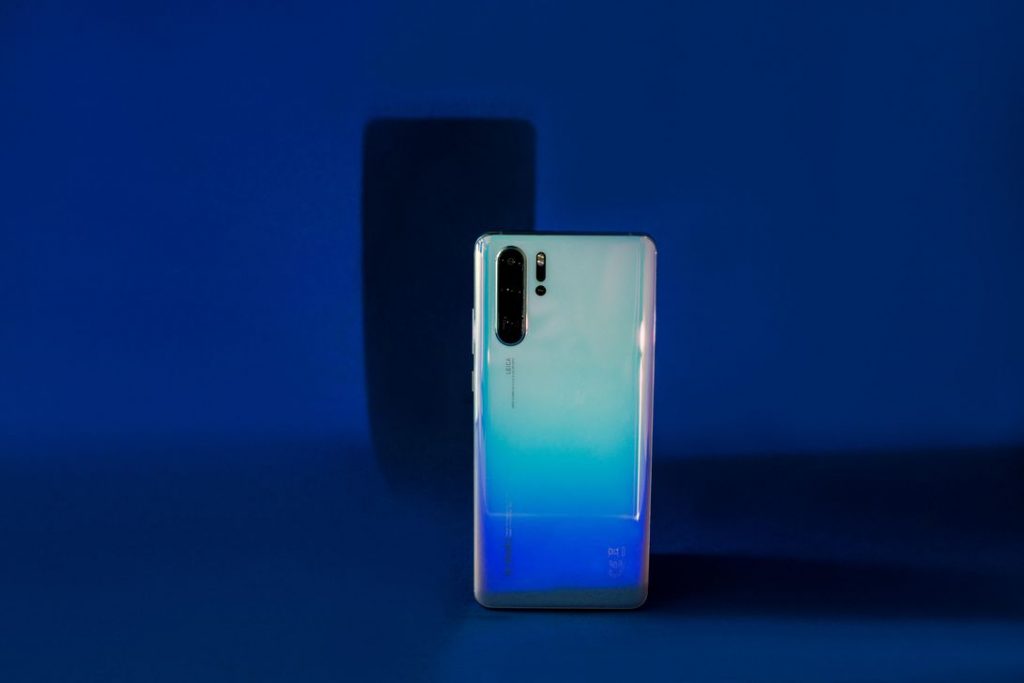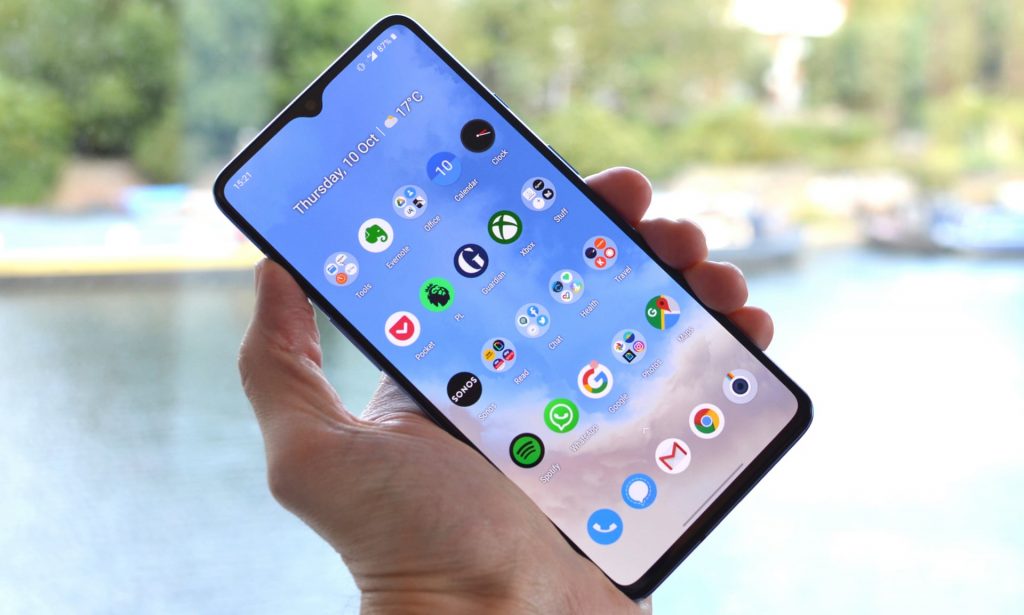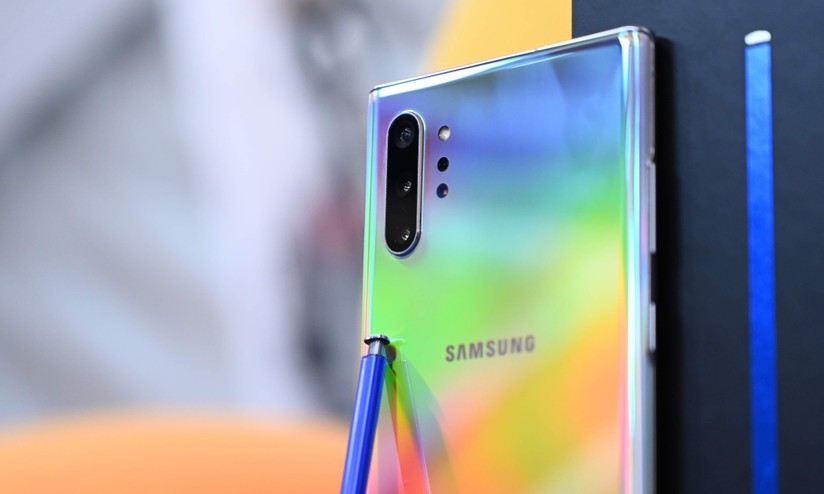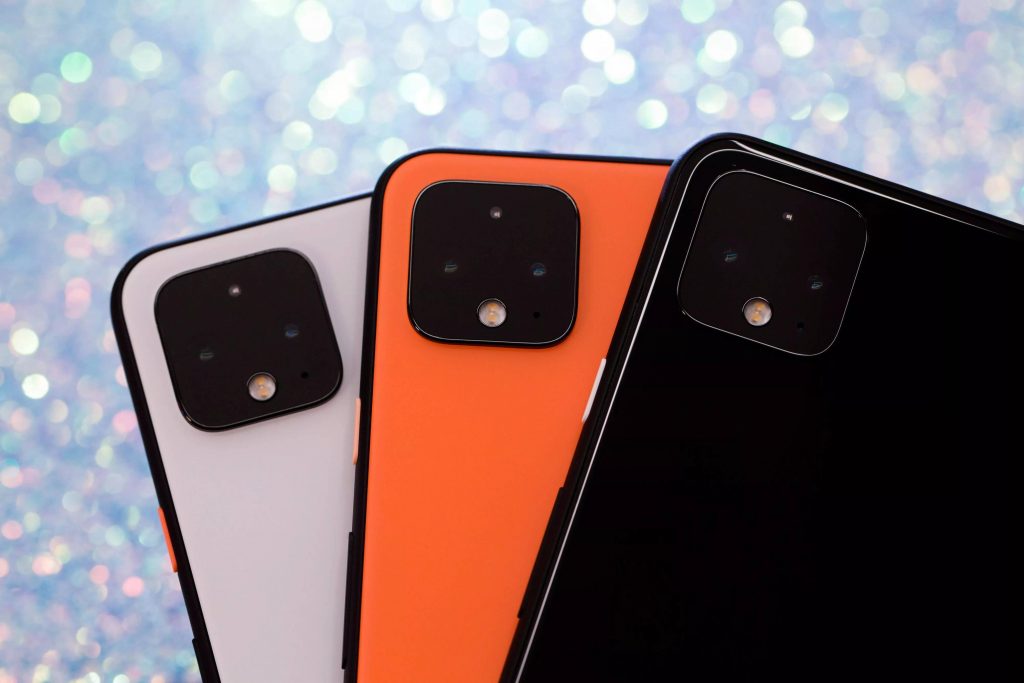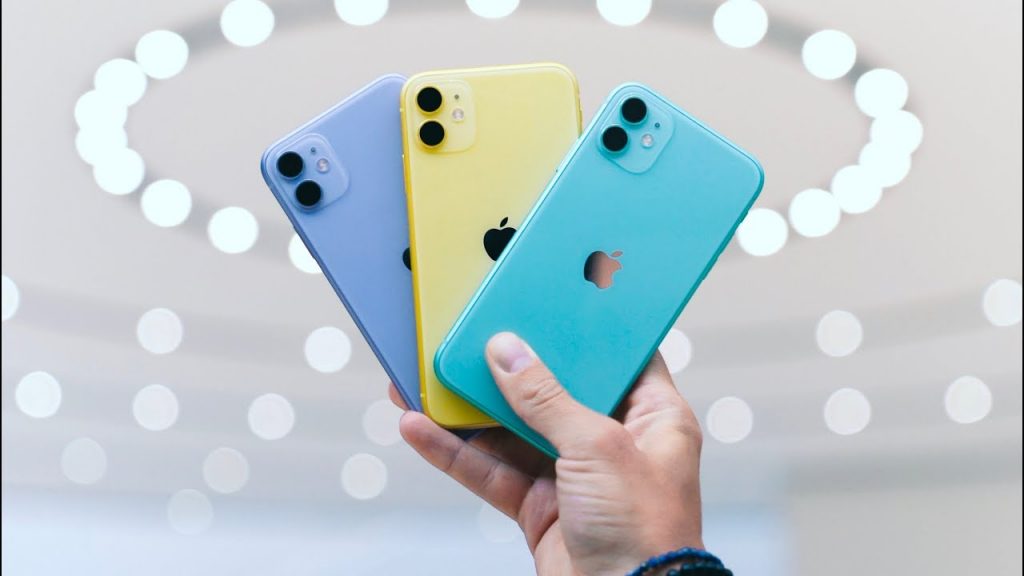Lenovo launched the year 2020 with a gaming laptop that needs extra accessories to shine. Legion Y740S is a 15.6-inch laptop which is accompanied by an external graphics card that the company calls Legion BoostStation.
The computer has enough power of the Core i9, 32GB of RAM and 1TB SSD but without an external graphics card, it only stays with Intel integrated graphics that are incapable of playing modern 3D games.
The laptop can be configured with standard 1080p or 4K HDR display. Battery life is impressive at 8 hours. Connectivity consists of two Thunderbolt 3 ports and USB 3.1 Gen2 ports.
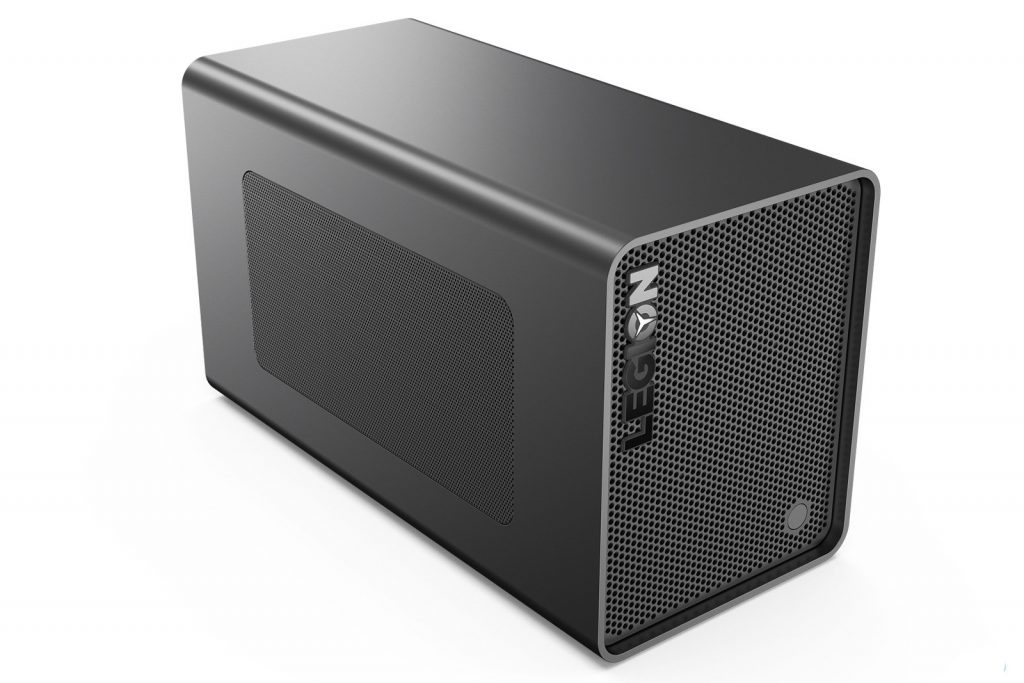
But BoostStation? The accessory can be powered by graphics cards from the GeForce GTX 1660 to the RTX 2080 Super and even a Radeon RX 5700 XT for those who prefer AMD graphics cards. BoostStation has two USB 3.1 ports, one USB 2.0 port, HDMI and Ethernet.
The Y740S and BoostStation arrives in May. The laptop starts at $1,100 and while only BoostStation costs $250.
> Read Next: Everything we know about Apple iPhone 12
So what do you think about this? Let us know your thoughts in the comments section below, follow us on twitter and facebook for more news and updates.
